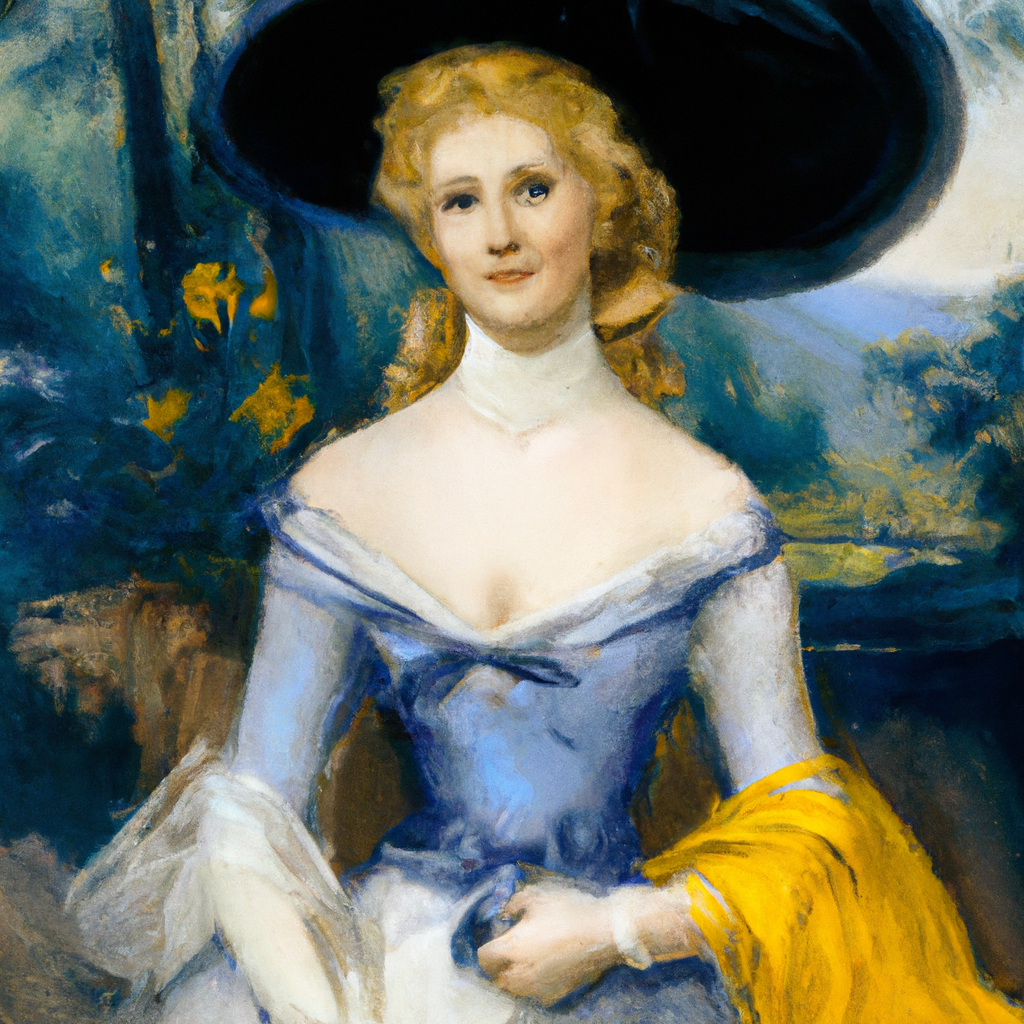
In a revelation that intertwines the cryptic with the celestial, a marble statue of Hermes has been unearthed from what was once an ancient Roman sewer. This striking discovery, not just architectural but profoundly symbolic, prompts a reevaluation of our dialogue with history’s whispers.
Hermes, the Olympian deity of transitions and boundaries, known for his fluidity and eloquence, was found in an unlikely tomb beneath layers of history, encased in a sanctuary of shadows and echoes. This find, in a subterranean channel that symbolized purification and disposal, contradicts initial expectations—an enigma lying at the crossroads of abandonment and sanctification.
The experts, delving deeper into the narrative cradle of this artifact, suggest the statue’s placement dates back to a period marked by seismic shifts, perhaps even an earthquake. One might speculate whether this was an act of divine sacrifice to appease the gods or a pragmatic measure to preserve the statue from inevitable destruction, encapsulating it in a protective womb of earth and stone. This act, deliberate or dictated by fate, challenges our perceptions of the ancient Roman societal and spiritual landscapes.
Given its craftsmanship and the serenity etched into the statue’s visage, the representation of Hermes emerges not merely as a relic but as a messenger from the past, holding dialogues across the aeons. His gaze, fixed in a calm sortie, perhaps mirroring the chaos that once led to his subterranean confinement, now reaches out to us, urging a renaissance of forgotten lore.
This sculpture’s emergence from oblivion into the limelight of modern recognition is rife with poetic resonance that beckons the philosophical and the aesthetic alike. It challenges the audience of today to perceive beyond the mere form, engaging with the ethos that the artifact carries: a blend of celestial duty and human endeavor.
The layers of dirt and time stripped away, the statue of Hermes stands not just as a recovered artifact but as a resplendent beacon of ancient culture’s complexity and its nuanced approach to the divine and the earthly. It invites us to ponder our own boundaries and transitions, both communal and isolated, in the silent dialogue between the past and the present, between the lost and the found.